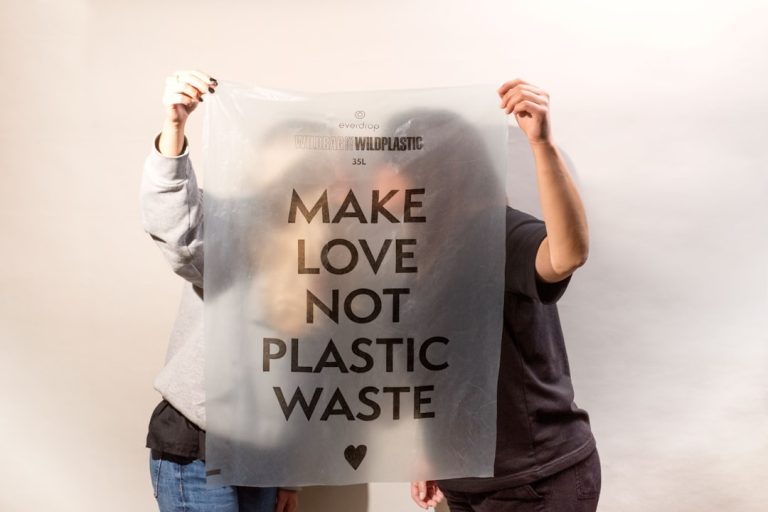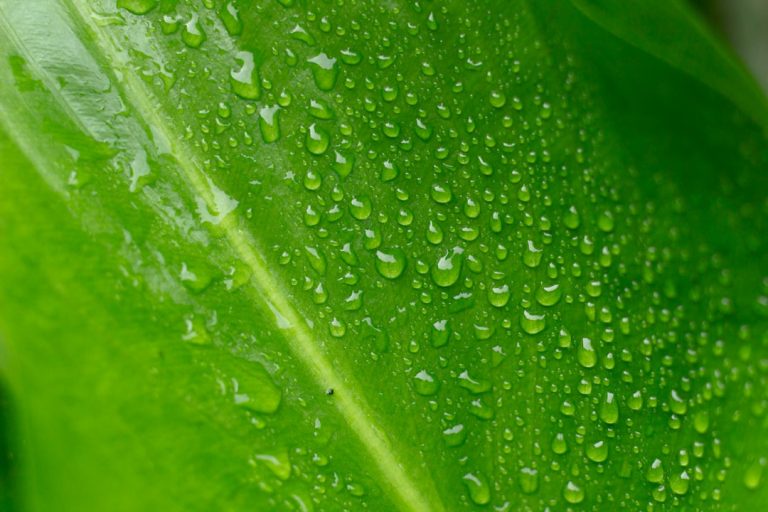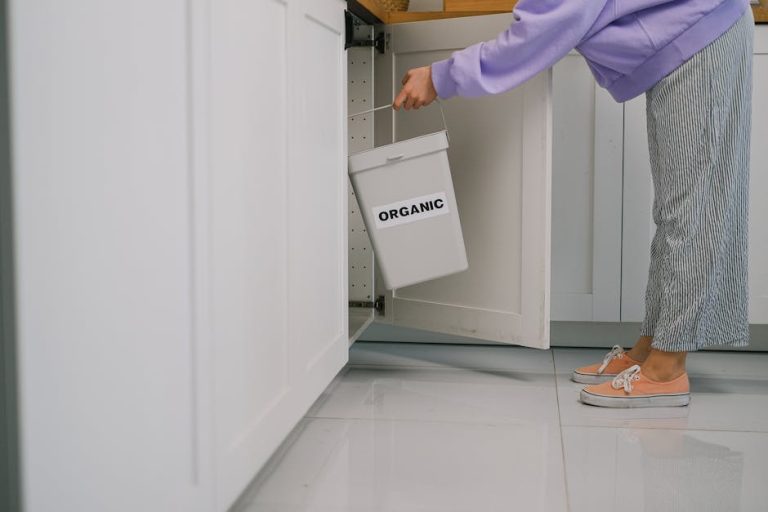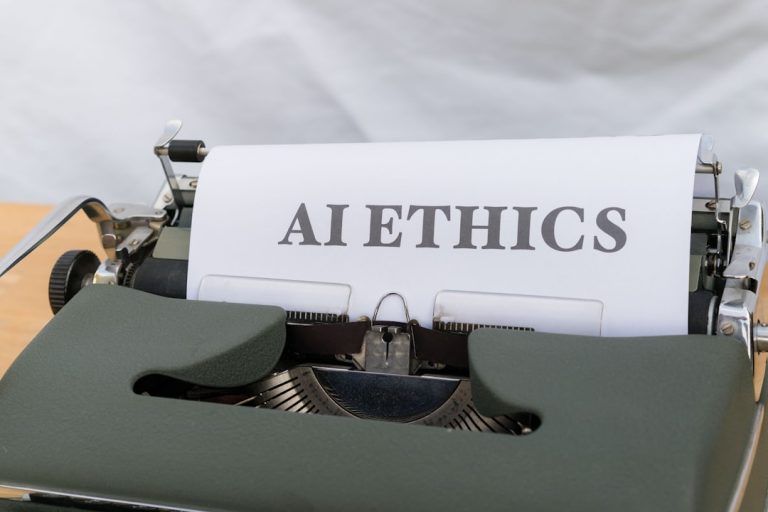How I Choose Fair Trade Products (supporting Ethical Supply Chains).
How I Choose Fair Trade Products (supporting Ethical Supply Chains)
For me, choosing fair trade isn’t just a trend; it’s a deeply personal commitment to ensuring that the products I bring into my home are created with respect for people and the planet. It’s about more than just a label on a package; it’s about actively participating in a global movement that champions justice, equity, and sustainability from the ground up. Over the years, I’ve refined my approach, moving from simply looking for a specific logo to truly understanding the intricate web of ethical supply chains. This journey has taught me invaluable lessons about transparency, impact, and the power of conscious consumerism. I want to share my process, the questions I ask, and the criteria I’ve developed to make choices that truly support ethical practices and empower producers worldwide.
Dissecting the Certifications: My First Step in Verifying Fair Trade Claims
When I first started my fair trade journey, I admit, the sheer number of certifications felt overwhelming. Fairtrade International, Fair for Life, Rainforest Alliance, UTZ Certified, WFTO… it was a alphabet soup of good intentions. My initial approach was simple: look for *any* fair trade label. But I quickly learned that while all these certifications aim to improve conditions, they don’t all guarantee the same things, nor do they all have the same rigorous standards or focus areas.
Understanding What Each Seal Truly Means for Producers
My first crucial step became a deep dive into what each certification actually signifies. I began to research the specific criteria behind each label. For example, I learned that Fairtrade International focuses heavily on minimum prices, community development funds, and democratic organization for smallholder farmers. In contrast, the World Fair Trade Organization (WFTO) guarantees that a brand is 100% fair trade across its entire business model, not just individual products. This distinction is vital because it tells me whether a company is making a partial effort or has embedded fair trade into its core identity.
I also pay close attention to the scope of their standards. Do they cover environmental protection as rigorously as worker wages? Are child labor and forced labor explicitly prohibited and actively monitored? How transparent are their auditing processes? I’ve found that some certifications, while beneficial, might have a broader focus (like sustainability *and* fair labor) while others are laser-focused on empowering marginalized producers. Knowing these nuances helps me align my purchases with my specific values, whether that’s primarily supporting small farmers, ensuring living wages, or promoting ecological farming practices.
Beyond the Seal: Investigating the Brand’s Commitment to Ethical Supply Chains
While certifications are an excellent starting point, I’ve discovered they are just that – a starting point. A label provides a baseline assurance, but it doesn’t always tell the whole story of a company’s dedication to ethical practices. My next step involves digging deeper into the brand itself, looking for evidence of genuine commitment that extends beyond mere compliance.
I believe that true ethical sourcing is woven into the fabric of a company, not just tacked on as a marketing ploy. This means I look for transparency reports, which ideally detail their supply chain from raw material to finished product. I want to see where their ingredients come from, who processes them, and under what conditions. Companies that openly share this information demonstrate a confidence in their practices and a willingness to be held accountable. If a company is vague about its sourcing or hides behind proprietary information, it raises a red flag for me.

What I Look For: Transparency, Direct Relationships, and Holistic Impact
My research often involves visiting a company’s “About Us” or “Impact” pages. I search for concrete examples of their commitment: Do they have direct sourcing relationships with producer groups, cutting out unnecessary middlemen? Do they talk about paying a living wage, not just a minimum wage? Are they investing in community projects where their goods are sourced, such as schools, healthcare, or infrastructure? These are indicators of a brand that views its suppliers as partners, not just cogs in a machine.
I also pay attention to how a company communicates about its challenges and successes. No ethical supply chain is perfect, and I appreciate brands that are honest about their ongoing efforts to improve, rather than presenting a flawless image. For instance, I look for brands that are certified B Corps, as this certification assesses a company’s entire social and environmental performance, transparency, and accountability. This holistic view helps me gauge their true dedication to ethical principles across their operations.
Applying My Ethical Lens: From Daily Coffee to Wardrobe Staples
My commitment to fair trade isn’t limited to a single category; it permeates nearly every purchase decision I make. From the first cup of coffee in the morning to the clothes I wear and the chocolate I occasionally indulge in, I strive to apply the same ethical lens. This means understanding the unique challenges and opportunities within different industries.
Navigating Diverse Product Categories with a Consistent Ethos
For agricultural products like coffee, tea, and chocolate, my focus is heavily on producer prices, democratic farmer organizations, and sustainable farming practices. I prioritize certifications like Fairtrade International, which directly addresses these issues, ensuring that farmers receive a stable income and have a say in their community’s development. For me, knowing my morning brew supports a farmer’s family and community makes it taste infinitely better.
When it comes to clothing and textiles, the supply chain can be incredibly complex. Here, I look for brands that are transparent about their factories, labor conditions, and material sourcing. I seek out companies that guarantee fair wages, safe working environments, and freedom from forced or child labor. Certifications like GOTS (Global Organic Textile Standard) for organic materials, combined with a brand’s commitment to ethical labor practices, become crucial indicators. I’ve learned that investing in fewer, higher-quality, ethically produced garments not only aligns with my values but often leads to a more sustainable and satisfying wardrobe. This contrasts sharply with The True Cost of Cheap Goods, which often comes at a steep human and environmental price.
Even for everyday items like skincare or home goods, I look for similar markers. Are the ingredients ethically sourced? Are workers throughout the supply chain treated fairly? Is the packaging sustainable? It’s a continuous process of learning and adapting, but the core principles remain the same: respect for producers, environmental stewardship, and transparency.
Navigating the Nuances: Recognizing “Fairwashing” and Continuous Learning
In today’s market, where ethical consumerism is gaining traction, it’s unfortunately common to encounter “fairwashing” – companies making superficial claims about their ethical practices without genuine substance. This is where my critical thinking and continuous learning become paramount. I’ve developed a keen eye for spotting these misleading tactics, which often involve vague language, cherry-picked statistics, or a lack of verifiable evidence.
Spotting Misleading Claims and Evolving My Ethical Compass
One common red flag for me is when a company highlights a single “ethical” initiative while remaining opaque about the rest of its operations. For example, a brand might promote a small line of “ethically sourced” products but keep the vast majority of its supply chain shrouded in secrecy. My rule of thumb is: if a company is truly committed, they’ll be transparent across the board, not just in one small corner of their business. I also scrutinize claims that sound too good to be






